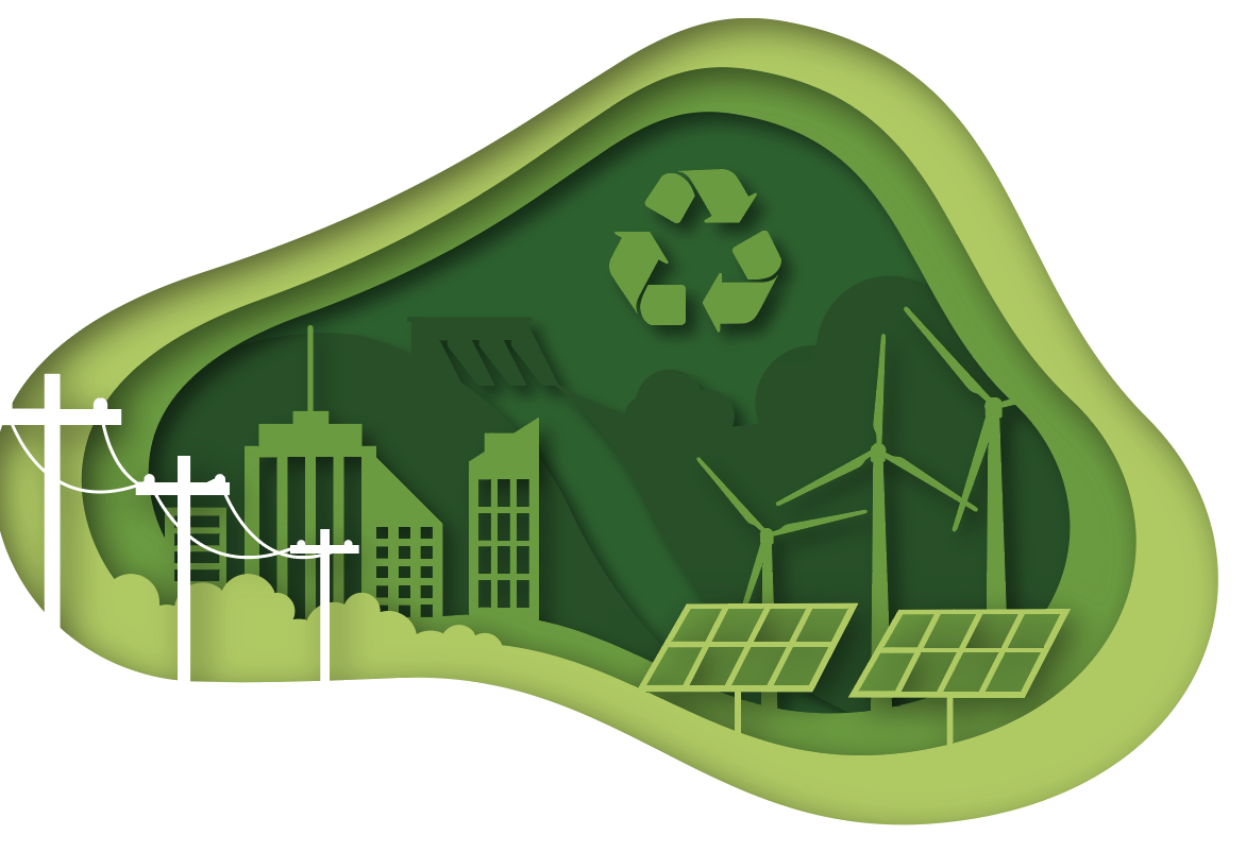Renewable Energy’s Waste Dilemma
Europe Leads on Recycling/Repurposing Solar Panels by Holding Manufacturers Responsible

Solar-generated electricity is booming worldwide and is forecast to continue its rapid growth. The typical life span of a photovoltaic (PV) panel is 25 years. Already, some of the earliest installed panels are at this end-of-life age. The number of panels taken out of service will only grow exponentially going forward. The coming solar e-waste glut is expected to be in the millions of tons within the next decade. The main solution being explored is recycling.
A solar panel can be thought of as an electronic sandwich: The filling is a thin layer of crystalline silicon cells, insulated and protected by sheets of polymer and glass, all held together in an aluminum frame. The most valuable recoverable elements are copper, silver, silicon, and aluminum. A single panel will yield about $3 worth of these materials, while the cost of recycling is between $12 and $25, not counting transportation. The cost to dump a PV panel in a solid-waste landfill, where allowed, is typically less than a dollar. These numbers do not add up to a winning business opportunity. When panels enter landfills, valuable resources get buried. Moreover, because PV panels contain toxic materials, they can leach out in landfills and create new environmental hazards.
Get the top stories in your inbox by signing up for our daily newsletter, Indy Today.
The European Union is in the avant-garde of PV recycling. Manufacturers are required by law to be financially responsible for the retirement of the panels they produce. In Japan, India, and Australia, recycling requirements are being developed. In the U.S., coping with solar waste is basically voluntary, unregulated, and haphazard, yielding a recycled rate of only about 10 percent. Because of the European mandate, pilot projects on the continent are exploring new panel designs to allow easier recycling of component elements as well as new equipment that can recapture a higher percentage of material while separating it better.
Recycling, however, is not the only option. The industry should also be focusing on repurposing panels whenever possible. Reuse generally requires less energy than recycling and fetches higher prices. At the end of a 25-year warranty, panels minimally generate 80 percent of the rated value when new. There are many uses where a slightly reduced power density could still provide economic value; for example, charging e-bikes. With thoughtful design, panels that are decommissioned early because of storm damage or manufacturing defects could cost-effectively be restored and given a new life.
Solar-generated electricity is one of the most important steps in curbing greenhouse-gas emissions. To fully realize the emissions reduction impact, old solar panels need to get recycled or repurposed. For this to happen, the U.S. will need supportive policies and regulations like those changing this e-waste stream in Europe.
Every day, the staff of the Santa Barbara Independent works hard to sort out truth from rumor and keep you informed of what’s happening across the entire Santa Barbara community. Now there’s a way to directly enable these efforts. Support the Independent by making a direct contribution or with a subscription to Indy+.



